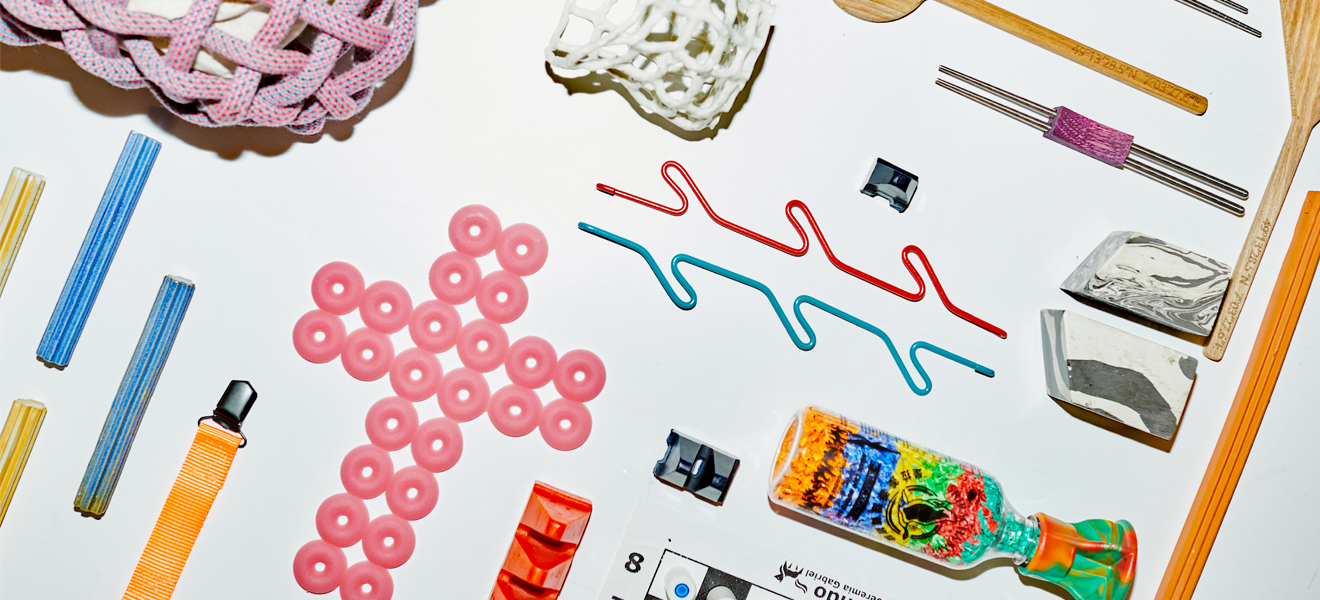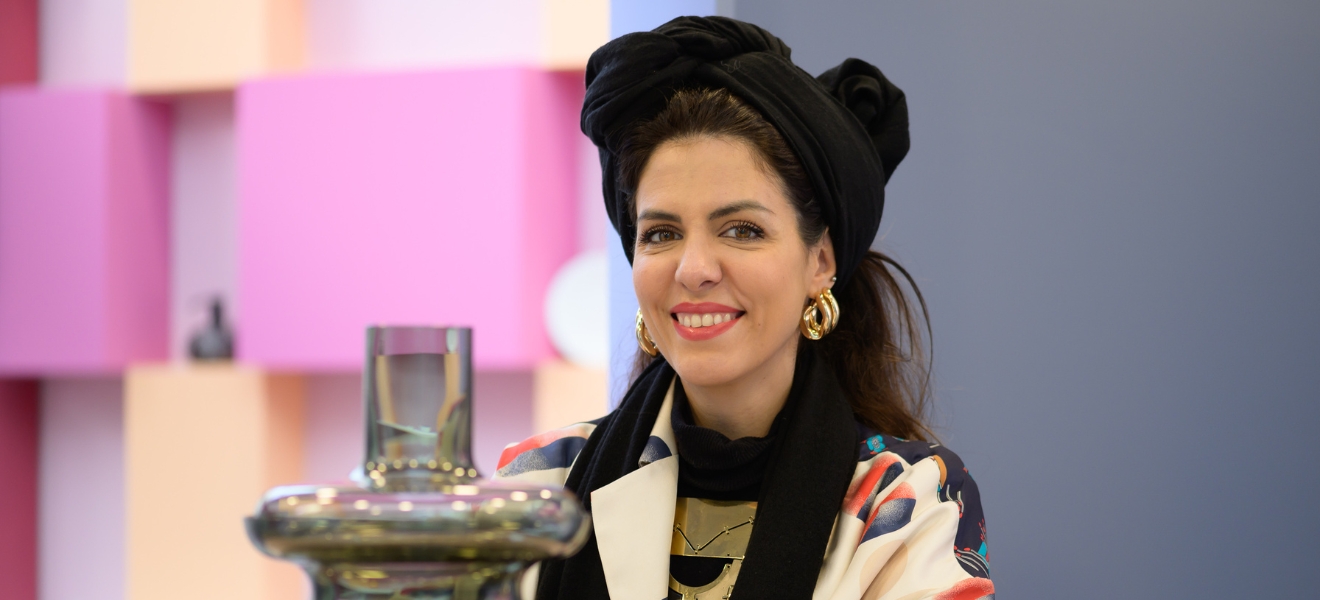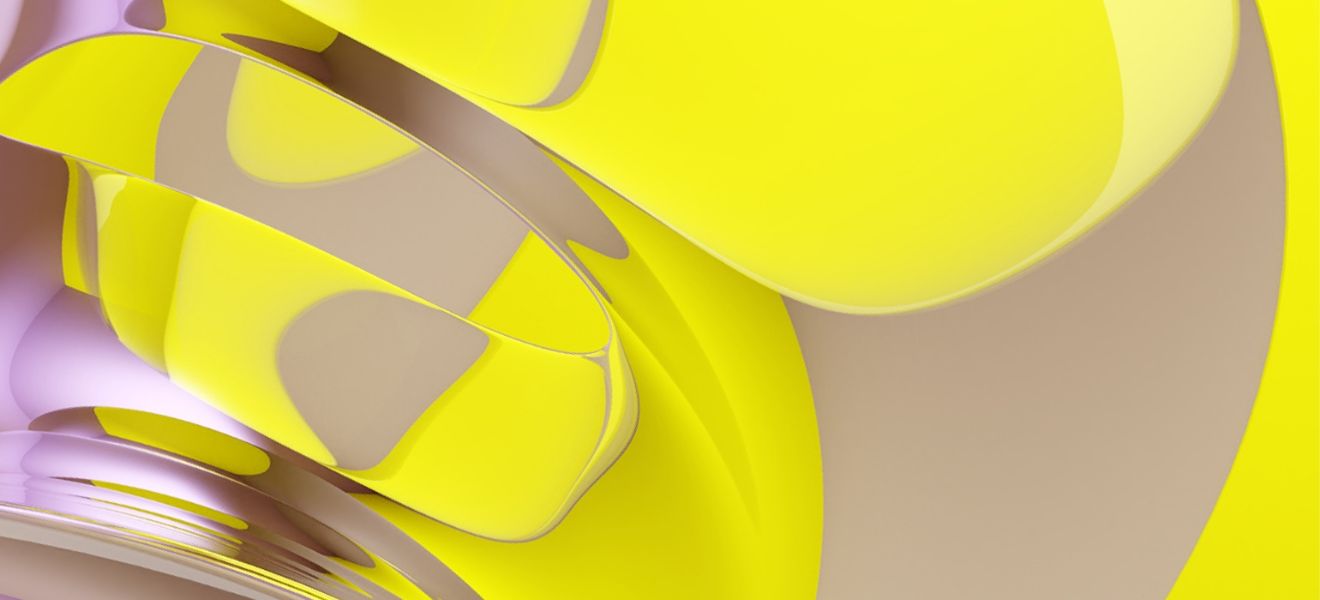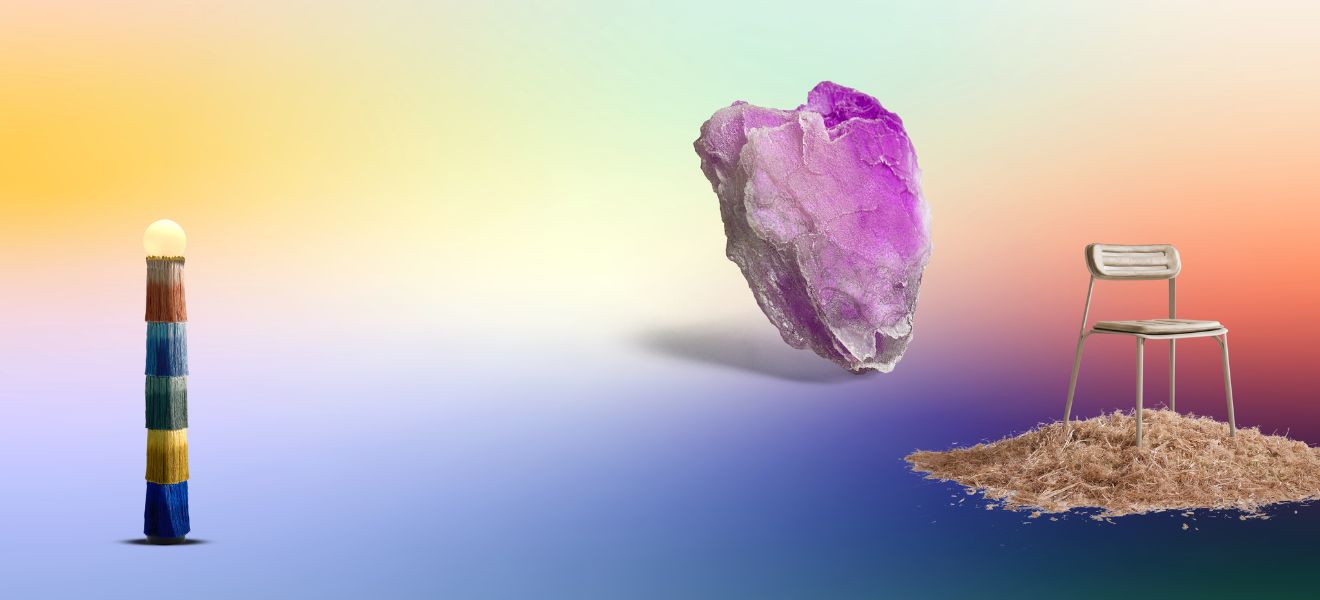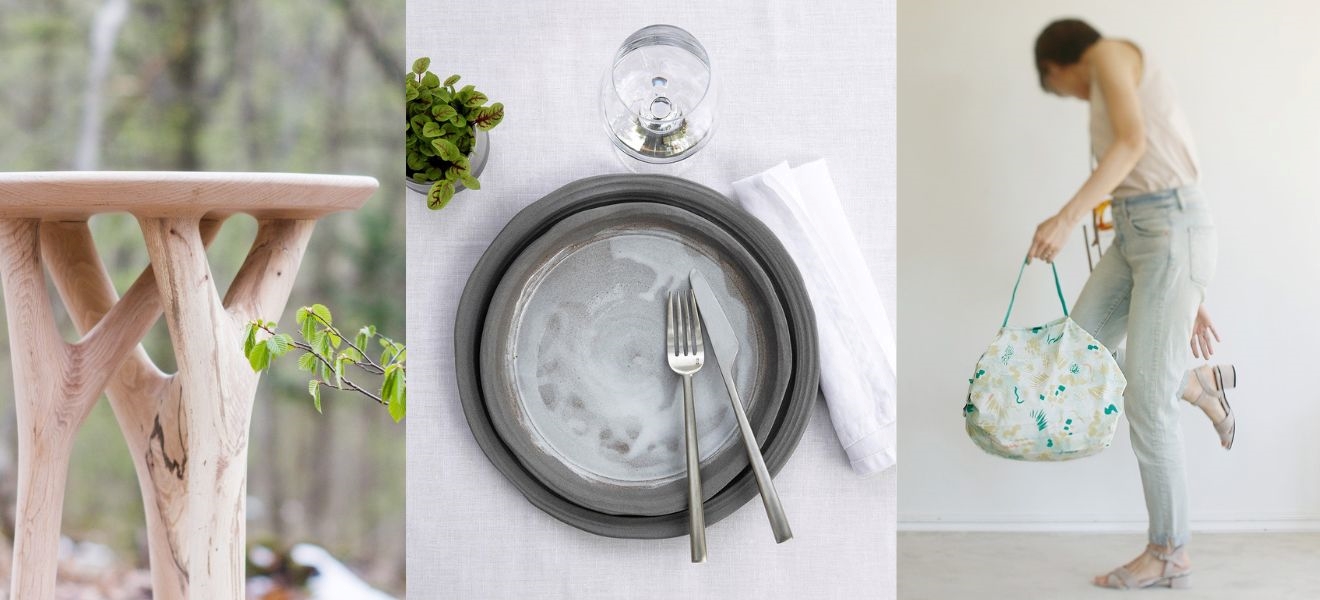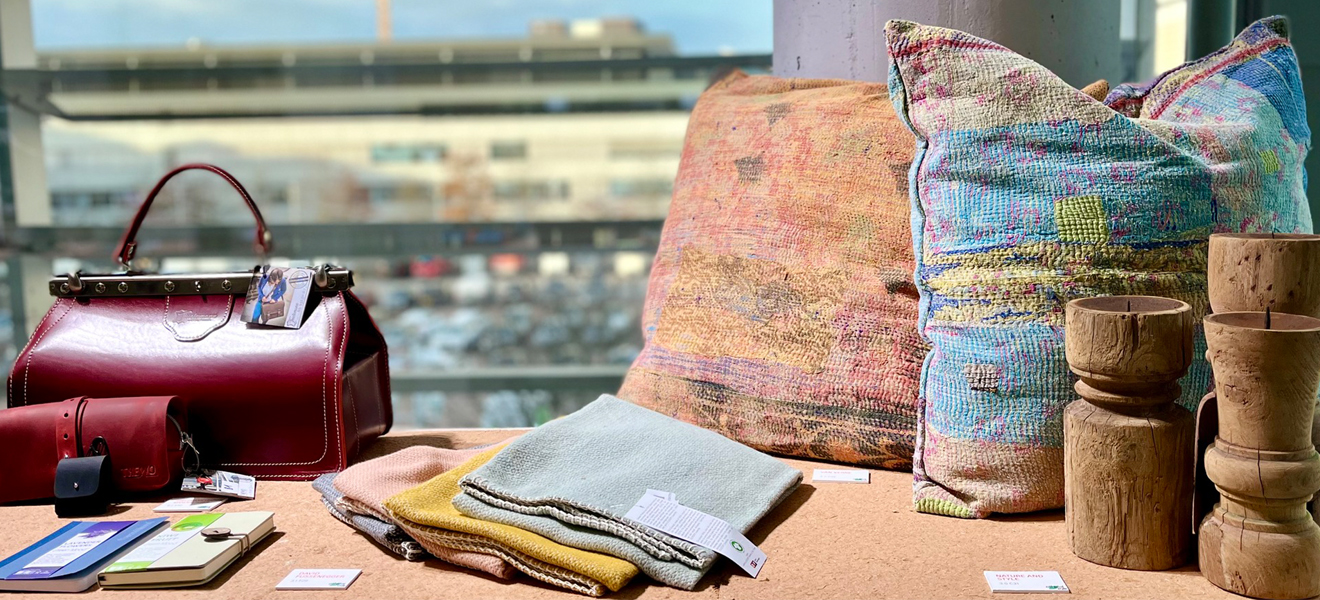One technique dates back thousands of years, the other’s in its infancy. We were blown away by variations on the ‘vase’ theme from glass blower Saskia Drebes and 3D designer Rosa Pause. These items from Ambiente Talents invite us to fill them immediately with flowers that match their beauty – not with a bouquet of artificial blooms, but with their wild cousins, now in demand all year round. We enlisted the help of a flower stylist for some great tips to ensure your cut flowers will give their best solo and team performances.
Breathtaking glass
Wow, a hermetically sealed glass body. Saskia Drebes, a glass blower qualified in instrument making, explains “Sometimes you can still see the glass blower’s breath, it precipitates as a fine mist of droplets inside.” The young designer uses a grinder to cut through the capsule, making two vases from the original shape. Or a carafe and a glass. She leaves the cut edge unpolished. “One cut makes a pair, it makes a useless capsule into two functional objects, that fascinates me,” she says about her cool cut.
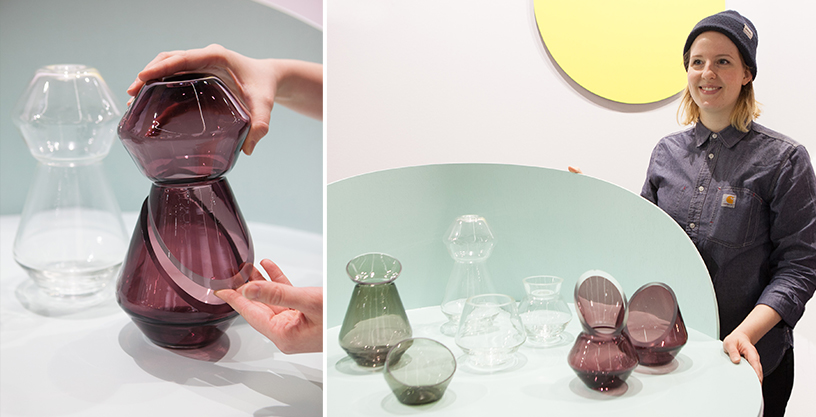
Clean cut
Born in 1987 in Kassel, Germany, Saskia Drebes did part of her unusual professional training at the University of Kassel, a city with its own modern and contemporary art show called documenta. “Lab equipment must be functional, but needn’t be beautiful”, she admits. Saskia taught herself to turn wood during her studies. Indeed, her shoe brushes and clothes brushes under glass show how well she can handle natural wood. But why glass? “When I was young I saw a programme about glass making on TV, and knew straight away I wanted to learn how to do it. Glass has its own, very particular aesthetic.”

3D printed vases
Rosa Pause’s vases certainly have an interesting aesthetic: they resemble outsized seed pods. The opening in the top is just big enough for a few tender flower stems. When imitating nature’s perfection, this design student from Halle turned to the creative power of 3D printing: “I drew the vases in a special printer program, taking care to create contours that cast interesting shadows. I made plaster casts of the three-dimensional shapes that came out of the printer, and filled these with porcelain casting slip. Then I fired the object, glazed it, fired it again and smoothed it down.”

Very vintage
Rosa is about to graduate in design from the well-regarded art and design college at Burg Giebichenstein in Saxony-Anhalt. When we ask her about the famous photographer Karl Blossfeldt, who recorded plants in microscopic detail almost a hundred years ago, she agrees he influenced her. “Of course I know his work. But by using printed vases as part of one of my college projects I also aim to demonstrate the advantages of the digital process and 3D printing over traditional manufacturing methods.”

At cross purposes
Said the vase to the flower: “Let’s make a splash together.” Said the flower to the vase: “Yes, let’s make it big.” But how do you make a bold, beautiful display with dull, artificial flowers? Dutch delivery firm Bloomon has a few tricks up its sleeve; it has shaken up the floristry sector with its extravagant creations. “The flowers must be arranged crosswise in the vase”, explains Bloomon stylist Anton van Dujin. “The first four form a cross and make a frame for the rest. If you stick to this pattern, your blooms won’t fall towards the outside.” The expert also advises cleaning the vase with chlorine before use and changing the water every other day to keep bacteria in check. Spread out the flower heads at different heights, and break up the picture with extravagant touches such as stems of eucalyptus. That will keep your vases and your flowers happy!

